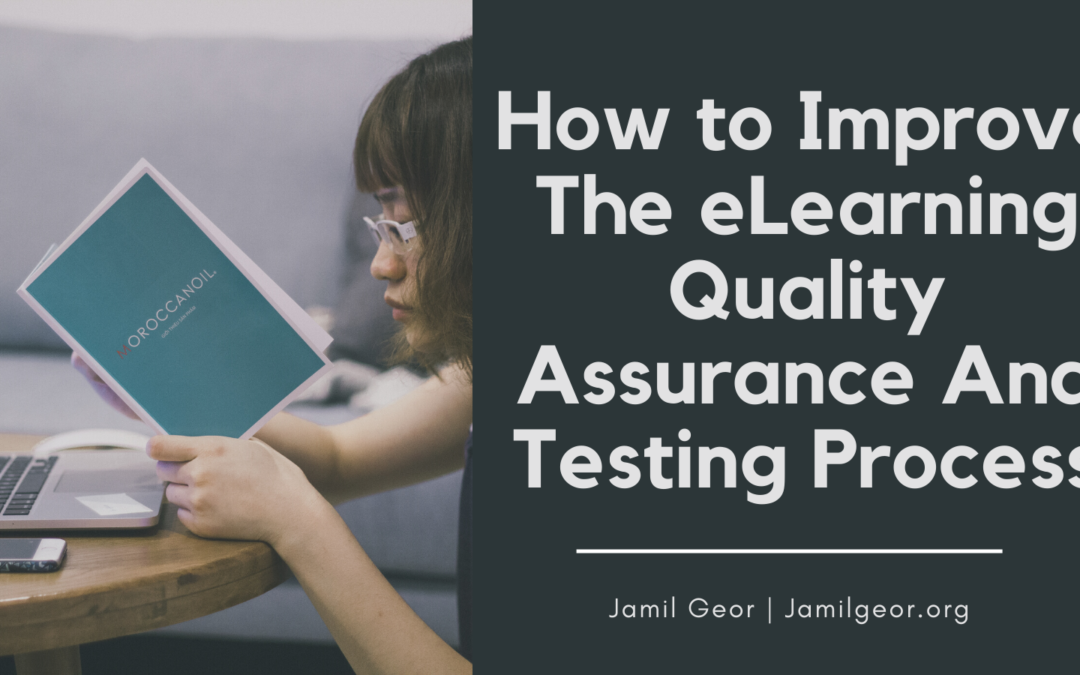The eLearning Industry provides tips on improving your eLearning quality assurance and testing process. This article will provide insight into some of the key techniques used in eLearning to help improve quality, including but not limited to benefits and common pitfalls.
Avoid using a one-size-fits-all approach to course development.
It means that you need to allocate your eLearning development budget according to the importance of the material. Essential content relevant for a large group of learners should get less attention than specific content appropriate for a smaller group. Also, if content needs to be translated, equally prioritize it.
Set clear expectations and guidelines for testing and quality assurance
eLearning testers need to know what you want them to test by creating clear guidelines and expectations for their testing efforts to focus on the key learning points from your perspective and are not distracted or sidetracked by other details.
Know when to test
You need to test the different parts of your eLearning development project at the right time. For example, it is good news if you have a record number of click-throughs on a quiz in an early preview version, but it is not good news if there is no interaction with the page containing the quiz question after it has been published. Knowing which tests to perform at which stage of your eLearning project will help you get better results and avoid misdiagnoses or false conclusions due to unexpected updates in your course.
Consider using a Software Testing Pyramid
The Software Testing Pyramid methodology can help you identify the type and number of tests to perform on your eLearning project. The pyramid is broken down into four levels, containing a set of different testing tasks that you should perform based on where your project happens to be in the development process.
Test proactively, not reactively
Think of eLearning quality assurance as a fire drill, not an after-the-fact correction system. It is too easy to let them pile up while being examined by different teams or people within an organization by reacting to problems and errors.
While there is no magic formula for the most effective eLearning quality assurance strategy, the key is to find a mix of testing methods from different levels of the Software Testing Pyramid that complement each other and help you identify mistakes and problems before they even occur.

